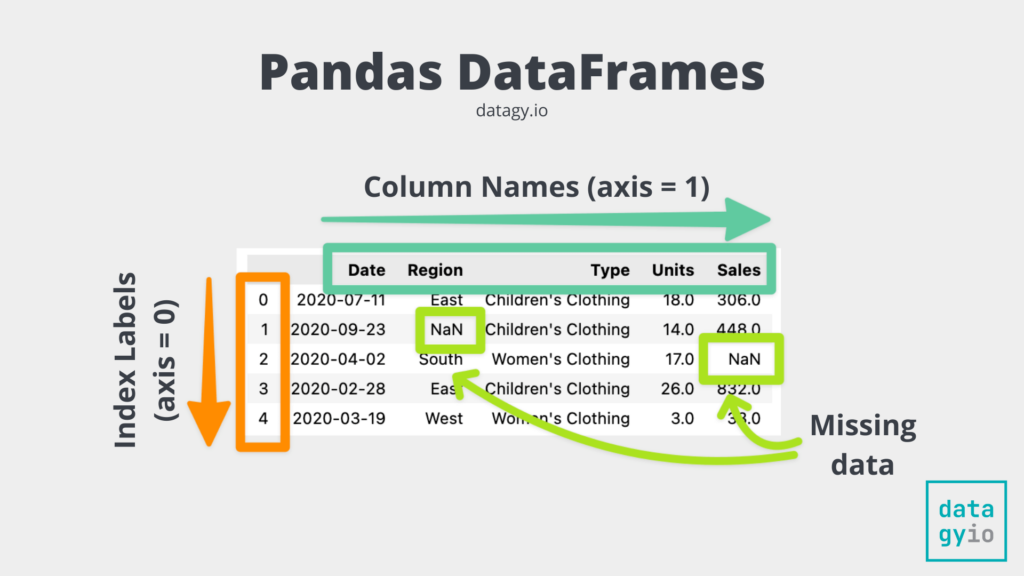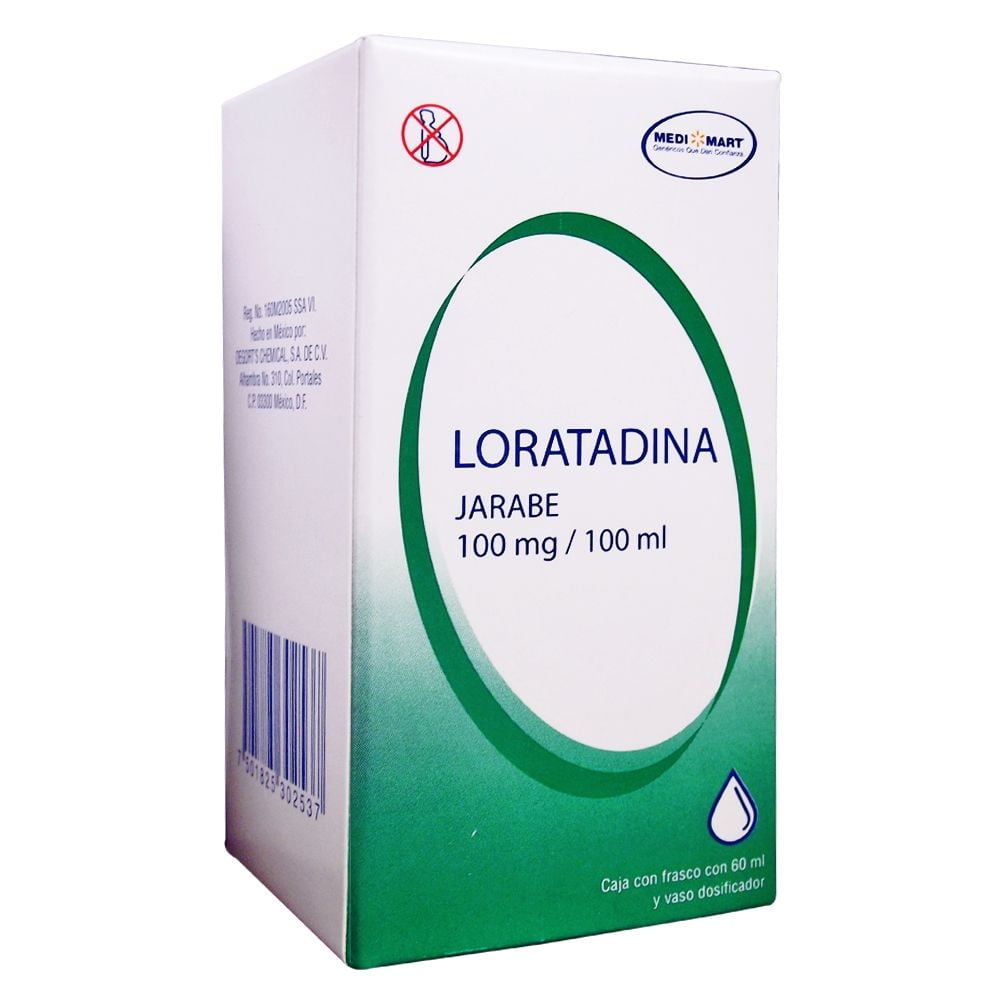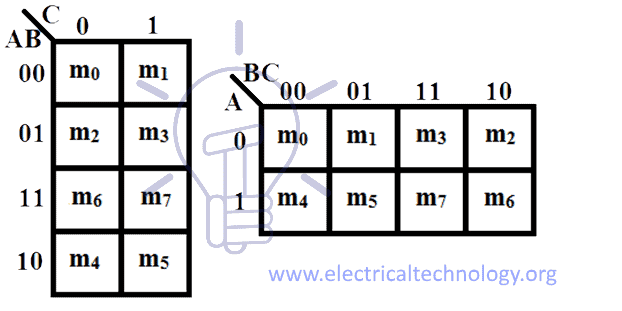Understanding as.data.frame's Row Length Discrepancies

When working with the as.data.frame function in R, you may encounter situations where the row lengths of your data don't match, leading to discrepancies and errors. This is a common issue that many data analysts and researchers face, especially when dealing with complex datasets or merging data from multiple sources. Understanding the causes and solutions to these row length discrepancies is crucial for maintaining data integrity and accuracy.
In this article, we will delve into the world of as.data.frame, exploring the reasons behind these inconsistencies and providing practical solutions to ensure your data transformations are seamless and error-free. By the end of this guide, you'll have a comprehensive understanding of how to tackle row length discrepancies and confidently manipulate your data using R.
Unraveling the Mystery of Row Length Discrepancies

The as.data.frame function in R is a powerful tool for converting various data structures into a data frame, which is one of the fundamental data types in R. It allows you to transform matrices, vectors, lists, and even complex objects into a structured dataset with rows and columns. However, this transformation process can sometimes lead to unexpected row length discrepancies.
These discrepancies often arise when the data you're trying to convert has varying lengths or structures within its components. For instance, you might have a matrix with rows of different lengths, a list with varying numbers of elements, or even a data frame with missing values that affect the overall row count.
Common Causes of Row Length Discrepancies
- Inconsistent Data Types: Different data types within a dataset can lead to discrepancies. For example, a character vector might have varying lengths due to different string lengths, causing issues when converting to a data frame.
- Missing or NA Values: Missing values or NA (Not Available) indicators can affect row lengths. When converting data with missing values, as.data.frame might either remove these rows or fill them with placeholders, depending on the settings.
- Irregular Matrix or List Structure: Matrices and lists with irregular structures, such as varying row or element counts, can cause row length discrepancies when converted to data frames.
- Different Row Labels or Names: If your data has row labels or names that differ in length or structure, this can also lead to inconsistencies when converting to a data frame.
Let's illustrate this with a simple example. Consider the following matrix:
matrix1 = matrix(c("A", "B", "C", "D", "E", "F"), nrow = 2)
When we try to convert this matrix to a data frame using as.data.frame, we encounter a row length discrepancy:
as.data.frame(matrix1)
The output shows that the data frame has one row with two elements, while the original matrix had two rows with three elements each. This discrepancy is due to the way R handles character vectors and matrices.
Strategies to Address Row Length Discrepancies

To ensure your data transformations are accurate and consistent, it's essential to adopt strategies that mitigate row length discrepancies. Here are some effective approaches:
1. Pre-Processing and Data Cleaning
Before converting your data to a data frame, perform thorough data cleaning and pre-processing. Identify and address any inconsistent data types, missing values, or irregularities in your dataset. You can use functions like na.omit, is.na, and complete.cases to handle missing data and ensure consistent row lengths.
Additionally, consider using packages like tidyr or dplyr to reshape and restructure your data, making it more suitable for conversion to a data frame.
2. Customizing as.data.frame Options
The as.data.frame function offers various options and arguments that allow you to control the conversion process. By specifying these options, you can handle row length discrepancies more effectively.
- stringsAsFactors: Set this argument to FALSE to prevent character vectors from being converted to factor variables, which can sometimes cause row length issues.
- row.names: Specify a vector of row names to ensure consistent row labeling. This can help maintain row lengths, especially when dealing with irregular data structures.
- check.names: Set this to FALSE to allow names with different lengths or structures, which might be necessary when merging or joining datasets with varying row labels.
3. Merging and Joining Techniques
If you're merging or joining multiple datasets, ensure that the row lengths match before performing the operation. Use functions like merge or dplyr::join to combine data based on common keys, and consider specifying the by argument to indicate the merging variables.
Additionally, you can use the tidyr package's full_join function to handle datasets with different row lengths, ensuring that all rows are included in the final result.
4. Data Reshaping and Tidying
Sometimes, the structure of your data might be the underlying cause of row length discrepancies. In such cases, consider reshaping or tidying your data using packages like tidyr and dplyr. These packages offer powerful functions like gather, spread, and pivot_longer to transform your data into a more consistent format.
Performance Analysis and Comparison
When dealing with large datasets or complex data structures, the performance of as.data.frame and its alternatives can become a crucial factor. Let's compare the performance of as.data.frame with other popular data transformation methods.
| Method | Description | Pros | Cons |
|---|---|---|---|
| as.data.frame | Converts various data structures to a data frame. | Versatile, supports a wide range of data types. | May lead to row length discrepancies with inconsistent data. |
| tibble::as_tibble | Creates a tibble, a modern and flexible data frame. | Handles irregular data structures gracefully. | Requires the tibble package. |
| data.table::as.data.table | Converts data to a data table, a fast and efficient data structure. | Excellent performance with large datasets. | Requires the data.table package, and learning curve may be steeper. |
| dplyr::tbl_df | Creates a tibble-backed data frame, combining the best of both worlds. | Combines the versatility of data frames with the efficiency of tibbles. | Requires the dplyr package, and may not be as fast as data tables. |

Future Implications and Best Practices
As data analysis and manipulation become increasingly complex, the need for efficient and accurate data transformation methods grows. Here are some best practices and future considerations when working with as.data.frame and data transformation in R:
- Data Standardization: Establish data standardization protocols within your organization or team to ensure consistent data structures and reduce row length discrepancies.
- Data Documentation: Document your data sources, transformations, and assumptions to maintain data integrity and facilitate future analyses.
- Explore Advanced Packages: Dive into advanced R packages like data.table and dplyr to enhance your data manipulation skills and performance.
- Collaborative Tools: Utilize collaborative tools and version control systems like Git and GitHub to manage and share your data transformation scripts, ensuring reproducibility and consistency.
By adopting these best practices and staying updated with the latest advancements in R, you'll be well-equipped to handle row length discrepancies and perform efficient data transformations.
Conclusion

Row length discrepancies are a common challenge when working with as.data.frame in R. By understanding the causes and implementing the strategies outlined in this article, you can confidently navigate these issues and ensure your data transformations are accurate and reliable. Remember to pre-process your data, customize as.data.frame options, and explore advanced packages for efficient data manipulation.
Stay tuned for more R tutorials and insights on our platform, where we continue to explore the latest trends and techniques in data analysis and visualization.
How do I handle missing values when converting data to a data frame using as.data.frame?
+To handle missing values, you can use the na.strings argument in as.data.frame. By specifying a character vector with the missing value indicators, you can control how as.data.frame handles these values. For example, if you want to replace missing values with NA, you can use na.strings = “NA”.
Can I convert a data frame back to its original data structure after using as.data.frame?
+Yes, you can convert a data frame back to its original data structure using specific functions. For example, if you converted a matrix to a data frame, you can use the as.matrix function to convert it back to a matrix. Similarly, for lists, you can use as.list, and for vectors, as.vector.
What are some alternatives to as.data.frame for data transformation in R?
+There are several alternatives to as.data.frame for data transformation in R. Some popular options include the dplyr package’s tibble function, which creates a modern and flexible data frame, and the data.table package’s as.data.table function, which offers fast and efficient data manipulation.



